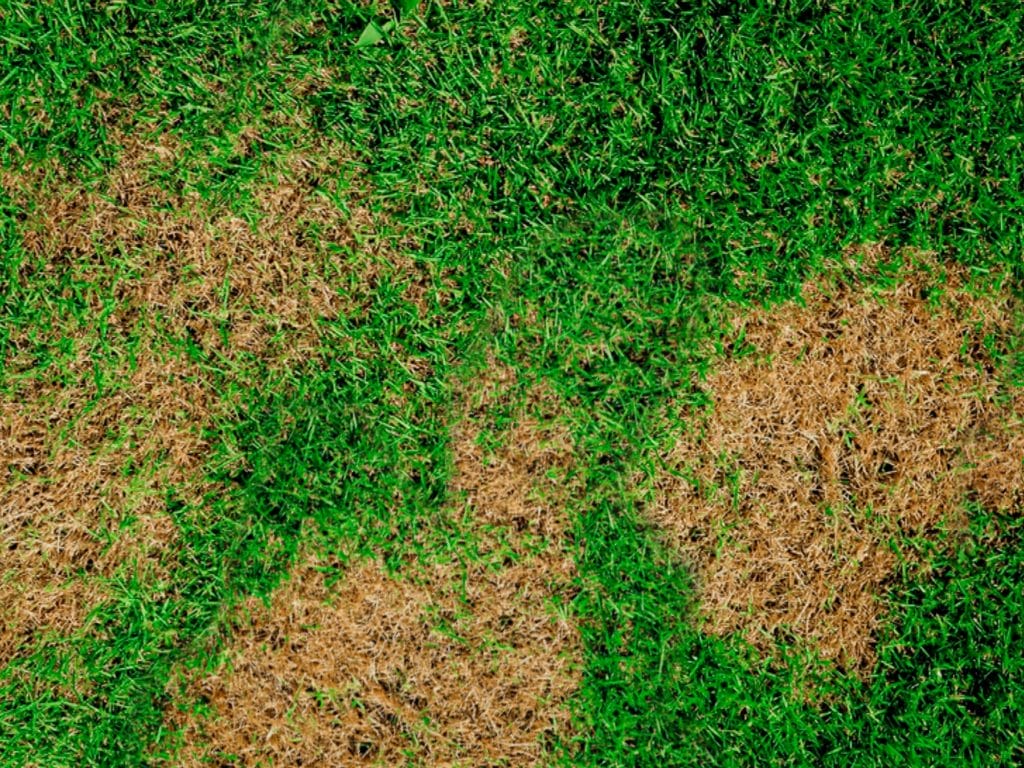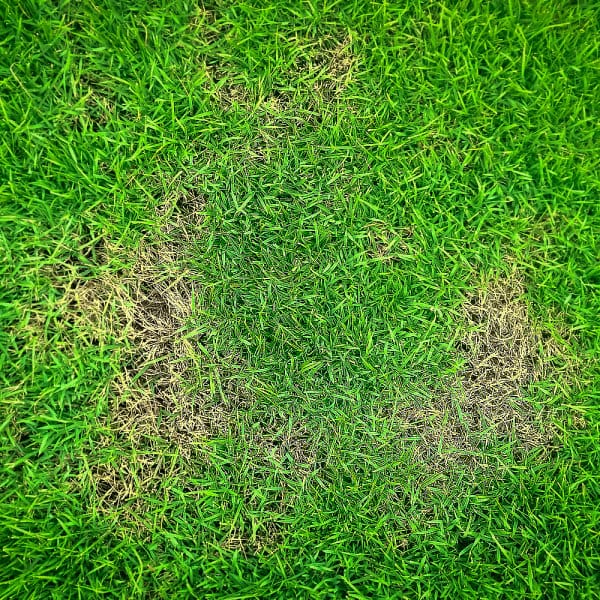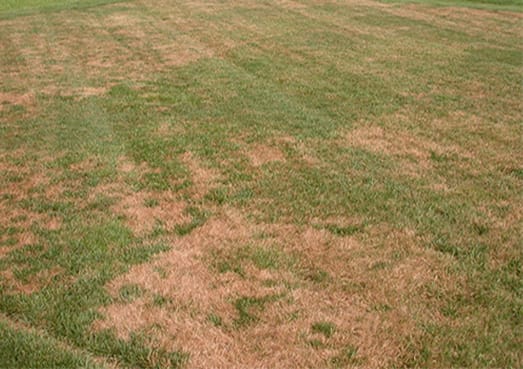Summer brings warmth, sunshine, and outdoor fun, but it can also bring about unsightly brown patches in your lawn. These patches not only affect the aesthetic appeal of your yard but can also be an indicator of underlying lawn care issues. Preventing brown patches in your summer lawn requires consistent care, proper watering, and a few expert techniques. In this guide, we will provide you with valuable tips to maintain a lush, healthy lawn throughout the hot summer months.
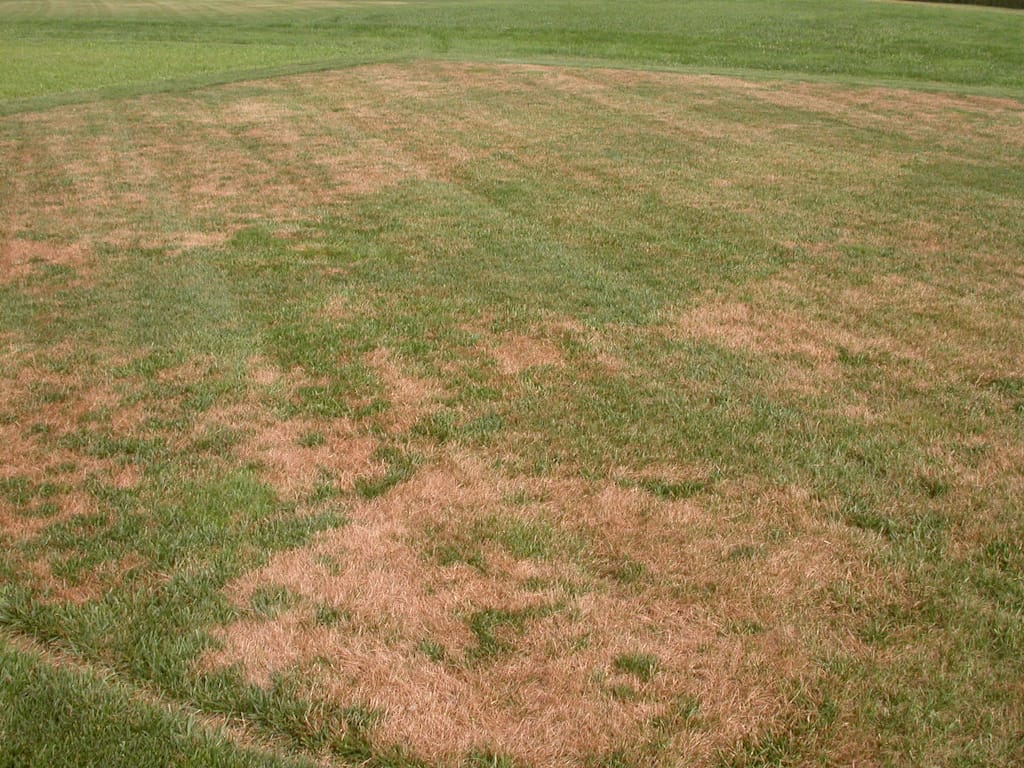
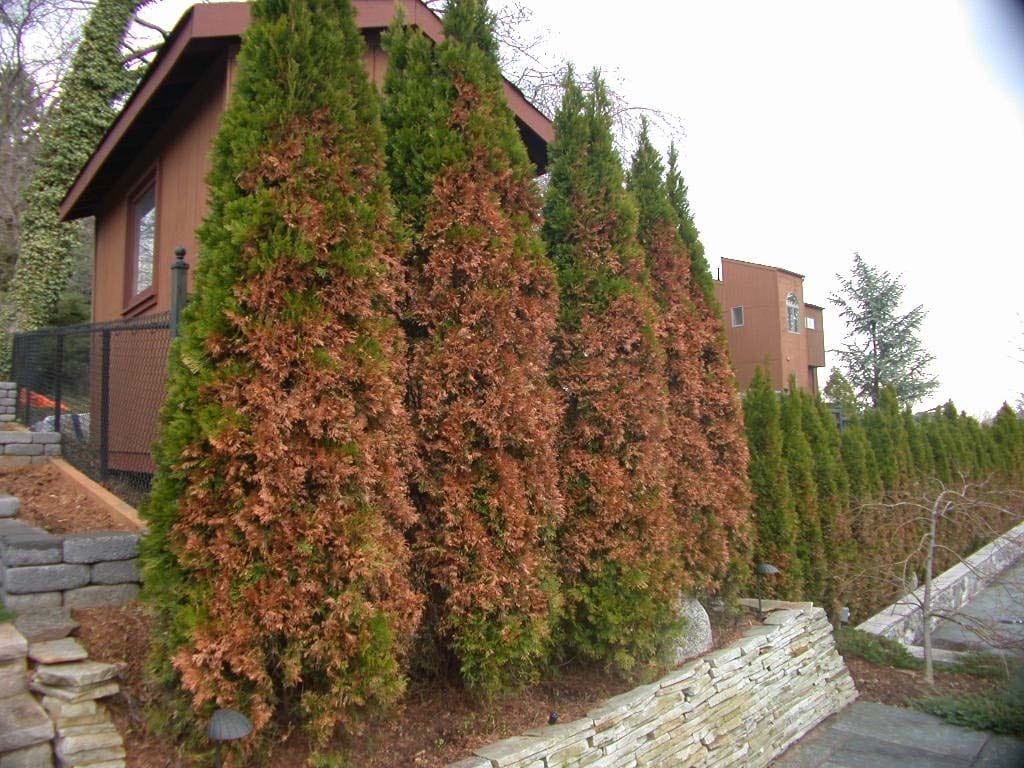
To prevent brown patches in your lawn, it’s crucial to understand what causes them in the first place. Some common reasons for brown patches include:
Heat Stress: High temperatures can cause grass to go dormant, turning it brown. However, this is a natural response, and proper watering and maintenance can help the grass recover.
Overwatering or Underwatering: Both overwatering and underwatering can lead to brown patches. Too much water can suffocate the roots, while not enough water can lead to dehydration.
Fungal Infections: Certain fungi thrive in warm, moist conditions, leading to lawn diseases like brown patch fungus, which can cause rapid damage to your grass.
Nutrient Deficiency: If your soil is lacking essential nutrients, your lawn may develop brown patches. A lack of nitrogen, phosphorus, or potassium can stunt grass growth and lead to discoloration.
Watering your lawn correctly is one of the most important aspects of summer lawn care. Both overwatering and underwatering can lead to brown patches. Here’s how to get it right:
Deep Watering: Water your lawn deeply to encourage the roots to grow deeper. Shallow watering only encourages surface roots, which are more susceptible to heat stress and drought.
Water Early in the Morning: Watering early in the morning, ideally before 10 a.m., allows the grass to dry off during the day, reducing the risk of fungal diseases.
Water Less Frequently, But More Deeply: Instead of watering every day, aim to water your lawn deeply once or twice a week. This encourages the roots to reach down into the soil for moisture.
Mowing plays a key role in preventing brown patches and maintaining a healthy lawn. Here are some mowing tips:
Set the Mower Height Higher: Mowing your grass too short can stress it out and lead to browning. Aim to keep your grass at a height of 2.5 to 3.5 inches, depending on the grass type.
Mow When Grass is Dry: Mowing wet grass can damage the blades and promote fungal growth. Always mow when your lawn is dry to reduce stress and avoid spreading disease.
Sharpen Your Mower Blades: Dull mower blades can tear grass, leaving it vulnerable to pests, diseases, and brown patches. Keep your mower blades sharp to ensure clean cuts.
Aeration is an important practice for promoting healthy grass growth, especially during the summer. Lawn aeration involves creating small holes in the soil to allow air, water, and nutrients to reach the roots more effectively. This process is particularly helpful for lawns with compacted soil, which can restrict root growth and lead to brown patches.
When to Aerate: Aerate your lawn in the early summer or early fall when the grass is actively growing. This helps improve root health and prevents the soil from becoming too compacted.
Use a Core Aerator: A core aerator pulls small plugs of soil from the lawn, leaving holes that encourage better root development.
A well-fed lawn is more resilient to stress, disease, and drought, which helps prevent brown patches from forming. Fertilization provides essential nutrients that your lawn needs to thrive in hot weather.
Choose the Right Fertilizer: Select a slow-release fertilizer designed for your specific grass type. A balanced fertilizer with nitrogen, phosphorus, and potassium can help keep your lawn green and healthy.
Fertilize in Early Summer: Apply fertilizer in early summer to give your lawn a nutrient boost before the hottest months. Avoid fertilizing during the peak of summer when heat stress is more likely to occur.
Fungal infections are a common cause of brown patches, especially during hot and humid summer months. Preventing these diseases requires good lawn care practices:
Improve Lawn Drainage: Poor drainage can create the perfect environment for fungi to thrive. Aerating your lawn and ensuring proper irrigation can improve drainage and reduce the risk of infection.
Avoid Overwatering: As mentioned earlier, overwatering can lead to fungal growth. Stick to a deep watering routine to maintain moisture balance in your lawn.
Use Fungicide (When Necessary): If you notice signs of fungal infections, such as dark, irregular patches on the lawn, you may need to use a fungicide. Consult a local lawn care professional for advice on the best products for your area.
If you already have brown patches, overseeding can help revive the affected areas. This process involves planting grass seed directly into existing grass to fill in bald spots and improve lawn density.
Best Time to Overseed: The best time to overseed is in early fall, but you can also do it in late spring if your lawn is suffering from severe browning.
Choose the Right Seed: Select a grass seed variety that matches your region’s climate and growing conditions for optimal results.
Conclusion
Preventing brown patches in your summer lawn is all about understanding the needs of your grass and providing proper care throughout the season. By following these expert tips—correct watering, proper mowing, lawn aeration, fertilization, and fungal prevention—you can ensure that your lawn stays green and healthy all summer long. With a little attention and effort, your lawn will be the envy of the neighborhood!
